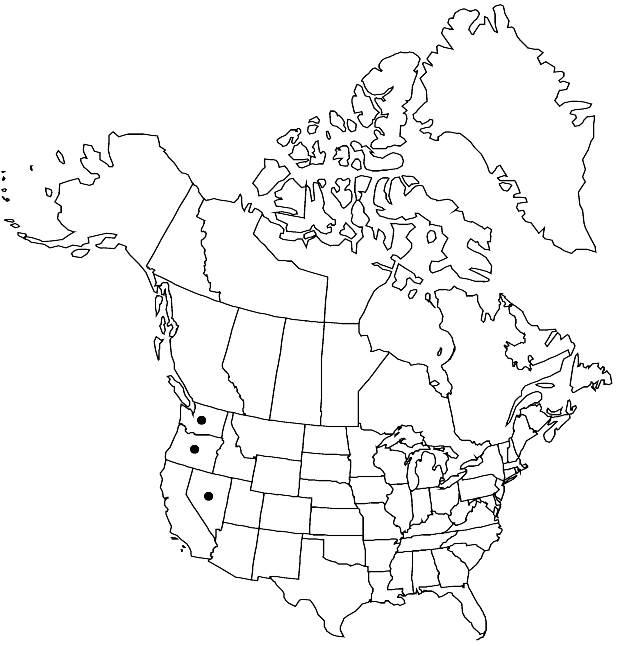Brassica elongata
Beitr. Naturk. 7: 159. 1792.
Biennials or perennials; (short-lived, often woody basally); glabrous or hirsute. Stems (several from base), branched basally, 5–10 dm, (usually glabrous, rarely sparsely hirsute). Basal leaves: blade (usually bright green), obovate to elliptic (not lobed), (3–) 5–20 (–30) cm × (5–) 10–35 (–60) mm, (base cuneate), margins subentire to dentate, (surfaces glabrous or often with trichomes minute, tubercled-based, curved, coarse). Cauline leaves (distal) shortly petiolate; blade (oblong or lanceolate, to 10 cm) base not auriculate or amplexicaul. Racemes paniculately branched. Fruiting pedicels spreading to divaricately ascending, (6–) 8–18 mm. Flowers: sepals 3–4 (–4.5) × 1–1.5 mm; petals bright-yellow to orange-yellow, obovate, (5–) 7–10 × 2.5–3.5 (–4) mm, claw 2.5–4 mm, apex rounded; filaments 3.5–4.5 mm; anthers 1–1.5 mm; gynophore 1.5–4 (–5) mm in fruit. Fruits (stipitate), spreading to ascending (not appressed to rachis), torulose, terete, (1.5–) 2–4 (–4.8) cm × (1–) 1.5–2 mm; valvular segment with (2–) 5–11 (–13) seeds per locule, (1.2–) 1.6–4 (–4.5) cm, terminal segment seedless, 0.5–2.5 (–3) mm. Seeds grey to brown, 1–1.6 mm diam.; seed-coat reticulate, mucilaginous when wetted. 2n = 22.
Phenology: Flowering Jun–Jul.
Habitat: Roadsides, disturbed ground, adjacent open juniper and sagebrush desert areas
Elevation: 0-2700 m
Distribution

Introduced; Nev., Oreg., Wash., Europe, Asia, n Africa, also in Australia
Discussion
The earliest North American collections of Brassica elongata were from ballast at Linnton, near Portland, Oregon, in 1911, and from a garden in Bingen, Klickitat County, Washington, in 1915. The species does not appear to have persisted at, or spread from, either location (R. C. Rollins and I. A. Al-Shehbaz 1986). It was next collected in 1968 from east-central Nevada, where it is now well-established in Eureka and White Pine counties, and just into Lander County, and spreading rapidly along both roadsides and adjacent high desert (Rollins 1980; Rollins and Al-Shehbaz; Rollins 1993). The semiarid region of North America appears to be a well-suited habitat for B. elongata and the species appears destined to become a permanent part of the flora of the Intermountain Basin (Rollins and Al-Shehbaz).
According to R. C. Rollins (1980), the Nevada plants belong to subsp. integrifolia (Boissier) Breistroffer, but the species is so variable that dividing it into infraspecific taxa is not practical.
Selected References
None.
Lower Taxa
"elongated" is not a number."thick" is not a number."dm" is not declared as a valid unit of measurement for this property.